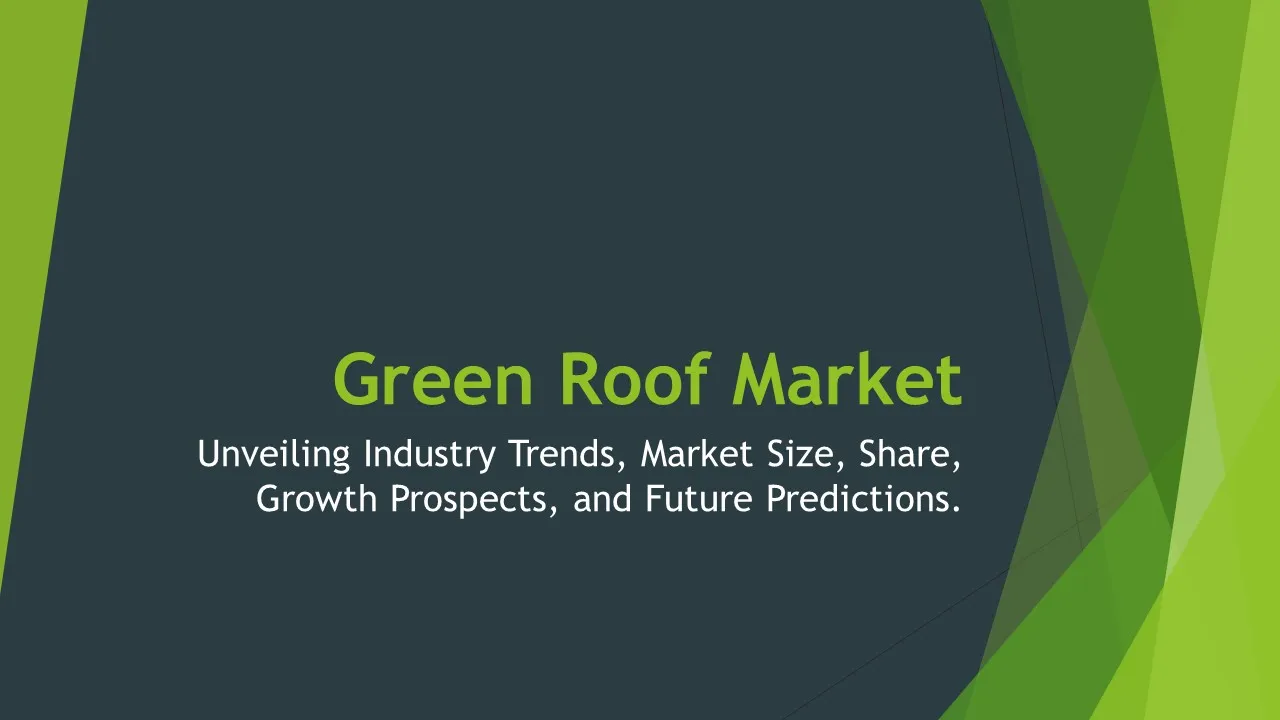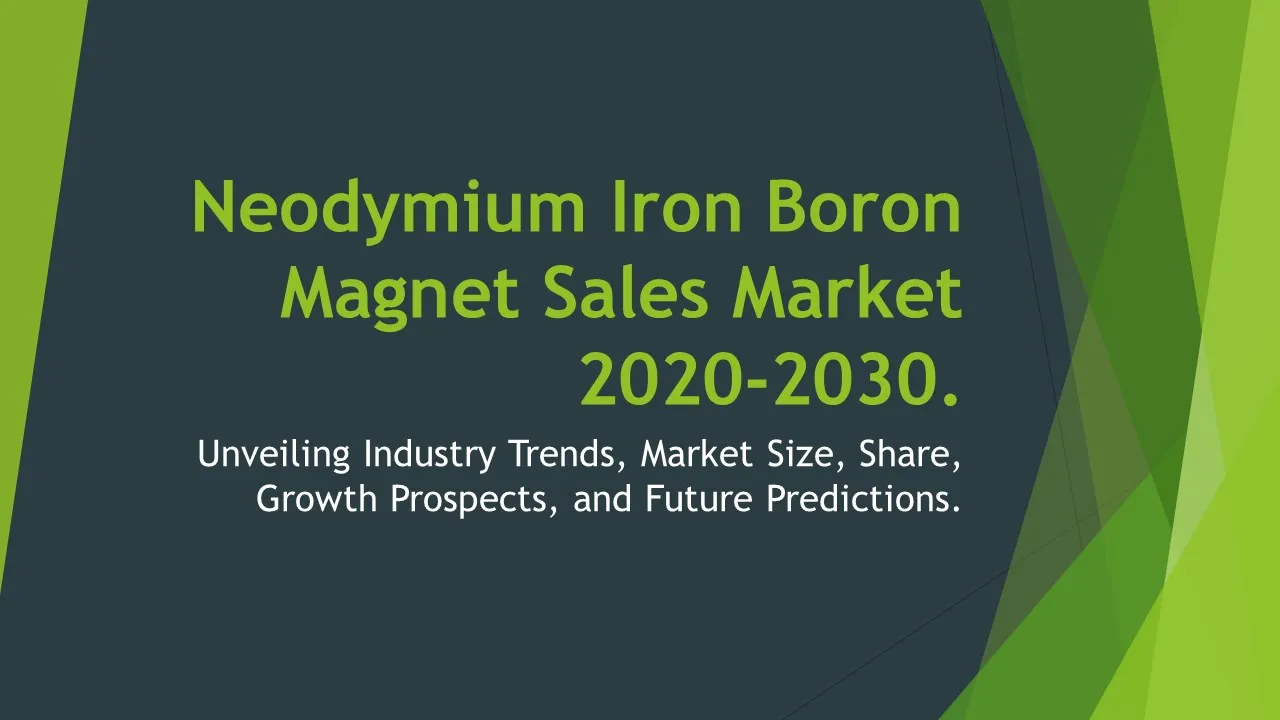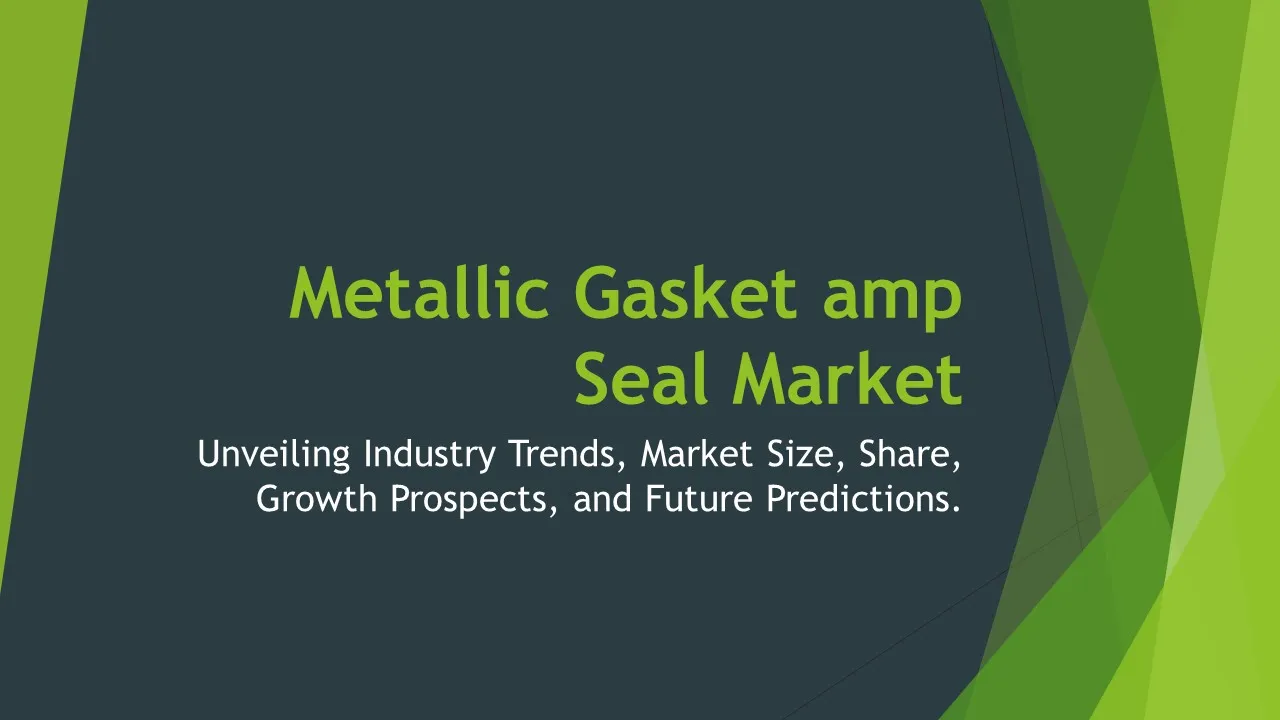Geomembrane Liner
Geomembrane Liner Market Segments - by Material Type (HDPE, LDPE, LLDPE, PVC, EPDM, and Others), Technology (Extrusion, Calendering, and Others), Application (Waste Management, Water Management, Mining, Tunnel Liners, and Others), Thickness (Less than 0.5 mm, 0.5-1 mm, 1-2 mm, 2-3 mm, and More than 3 mm), and Region (North America, Europe, Asia Pacific, Latin America, and Middle East & Africa) - Global Industry Analysis, Growth, Share, Size, Trends, and Forecast 2025-2035
- Report Preview
- Table Of Content
- Segments
- Methodology
Geomembrane Liner Market Outlook
The global geomembrane liner market is projected to reach approximately USD 5.5 billion by 2035, growing at a CAGR of about 6.1% from 2025 to 2035. The increasing need for waste management solutions, water reservoir construction, and environmental protection initiatives are pivotal factors driving this growth. Additionally, advancements in geomembrane technologies and materials are enhancing the durability and effectiveness of liners, further propelling their utilization across various industries. The growing awareness regarding environmental sustainability is also leading to increased investment in infrastructure projects, which significantly contributes to the demand for geomembrane liners. Furthermore, stringent government regulations surrounding landfill management and water conservation practices are likely to bolster market expansion.
Growth Factor of the Market
The geomembrane liner market is experiencing significant growth due to several key factors that are shaping its trajectory. The rapid urbanization and industrialization across the globe are leading to increased waste generation, necessitating effective waste management solutions. As municipalities and industries strive to minimize environmental impacts, the demand for geomembrane liners in landfills and containment facilities is surging. Additionally, the growing emphasis on sustainable practices is prompting various sectors to adopt geomembranes for water conservation, thereby driving the market further. The mining industry, often requiring advanced containment solutions for hazardous materials, is also a major contributor to market growth. Moreover, technological advancements in geomembrane manufacturing processes are enabling the production of high-performance liners that can withstand extreme environmental conditions, making them an attractive choice for various applications.
Key Highlights of the Market
- The geomembrane liner market is expected to reach USD 5.5 billion by 2035.
- This market is growing at a CAGR of 6.1% from 2025 to 2035.
- Increasing urbanization and industrial activities are driving demand.
- Technological advancements are enhancing the performance of geomembranes.
- Growing regulations on waste management and environmental protection contribute to market growth.
By Material Type
HDPE:
High-Density Polyethylene (HDPE) geomembranes are among the most widely used products in the geomembrane liner market due to their excellent chemical resistance and durability. The rigidity of HDPE allows it to withstand substantial tensile strength, making it ideal for applications in landfills, mining, and environmental containment. Additionally, HDPE geomembranes are relatively cost-effective compared to other materials, ensuring their popularity in various projects. Their resistance to UV rays, chemicals, and environmental stressors significantly enhances their lifespan, providing users with a reliable solution for long-term containment. Furthermore, the ability to weld HDPE sheets together in situ creates a seamless barrier, which minimizes the risk of leakage and enhances the overall efficiency of the containment system.
LDPE:
Low-Density Polyethylene (LDPE) geomembranes are characterized by their flexibility and high puncture resistance, making them suitable for a wide range of applications. LDPE is known for its excellent impermeability properties, which contribute to its effectiveness in preventing groundwater contamination. The flexibility of LDPE also allows it to conform to uneven surfaces, ensuring a snug fit that enhances performance in challenging environments. While LDPE may not offer the same level of rigidity as HDPE, its advantages in specific applications, such as small-scale ponds, canal linings, and temporary containment solutions, make it a valuable choice for various projects. Furthermore, its relatively lower cost compared to other geomembranes encourages its adoption in budget-sensitive applications.
LLDPE:
Linear Low-Density Polyethylene (LLDPE) geomembranes combine the benefits of both HDPE and LDPE, offering enhanced flexibility while maintaining a high level of tensile strength. These geomembranes are particularly favored in applications where puncture resistance and elongation properties are critical, such as in landfills and large-scale containment facilities. The ability to withstand extreme temperatures and environmental conditions makes LLDPE an ideal choice for diverse applications, including mining, water reservoirs, and waste management. Moreover, LLDPE geomembranes can be easily welded and installed, minimizing labor costs and installation time. Their versatility and performance characteristics position them as a preferred option in the geomembrane liner market.
PVC:
Polyvinyl Chloride (PVC) geomembranes are known for their strong resistance to chemicals, making them suitable for applications involving hazardous materials and effluents. The flexibility of PVC allows it to easily adapt to various shapes and terrains, enhancing its usability in different projects. PVC geomembranes are particularly beneficial in water management applications, including irrigation ponds and stormwater management. The availability of various thicknesses and colors enables customization to meet specific project requirements, further driving their adoption. Additionally, advancements in PVC formulations have improved their durability, UV resistance, and overall performance, making them a competitive option in the geomembrane market. However, it is essential to note that PVC may pose environmental concerns due to its production and disposal processes, which could influence its market share in the long run.
EPDM:
Ethylene Propylene Diene Monomer (EPDM) geomembranes are recognized for their exceptional weather resistance, UV stability, and flexibility, making them suitable for applications in various climates. EPDM is often used in applications where long-term durability is essential, such as in pond liners and landfill covers. These geomembranes are also highly resistant to a range of chemicals, ensuring effective containment of hazardous materials. The installation process for EPDM is relatively straightforward, often utilizing adhesive bonding or mechanical fastening methods. Furthermore, EPDM's ability to retain its properties in extreme temperatures makes it a preferred choice for outdoor applications. The rising demand for environmentally friendly solutions has further bolstered EPDM's popularity, particularly in landscaping and ecological restoration projects.
Others:
This category encompasses various other materials utilized for geomembrane liners, including thermoplastic elastomers, fiberglass-reinforced polymers, and geosynthetic clay liners. These materials are chosen based on specific project requirements, such as mechanical properties, chemical resistance, and environmental considerations. For instance, fiberglass-reinforced polymers offer high strength and lightweight characteristics, making them suitable for specialized applications. Geosynthetic clay liners, on the other hand, are often used in conjunction with traditional geomembranes to enhance impermeability in landfill applications. The diversity of materials within this segment allows for tailored solutions that can address the unique challenges faced in different applications, thereby contributing to the overall growth of the geomembrane liner market.
By Technology
Extrusion:
Extrusion is a prominent technology used in the manufacturing of geomembrane liners, particularly in the production of HDPE and LLDPE membranes. This process involves melting polymer pellets and forcing the molten material through a die to create sheets of desired thickness. The extrusion method ensures uniform thickness and high-quality surface finish, which are critical for effective barrier performance. Furthermore, advancements in extrusion technology, such as co-extrusion techniques, allow for the production of multi-layer membranes with enhanced properties, such as improved puncture resistance and UV stability. The scalability of extrusion processes makes them ideal for large-scale production, meeting the increasing demand for geomembrane liners in various industries.
Calendering:
Calendering is another essential technology employed in the production of geomembranes, particularly for PVC and EPDM liners. This process involves passing the raw material through a series of rollers to create continuous sheets of material in a controlled thickness. Calendering is favored for its ability to produce smooth and flat surfaces, which enhances the adhesion capabilities of geomembranes during installation. Additionally, this technology allows for the incorporation of additives that can enhance the material's properties, such as fire resistance and color stability. The flexibility of calendering processes enables manufacturers to customize the thickness and formulation of the geomembranes, making it suitable for various applications in the market.
Others:
This category includes alternative manufacturing technologies, such as vacuum forming and injection molding, which are used less frequently for geomembrane production. These methods may be employed for specific applications or specialized products that require unique shapes or characteristics. Although not as widely adopted as extrusion and calendering, these technologies provide manufacturers with additional options for creating custom geomembranes that meet specific project requirements. The continuous innovation in manufacturing processes ensures that the geomembrane liner market remains dynamic, catering to the diverse needs of end-users across various industries.
By Application
Waste Management:
The waste management sector is one of the largest applications for geomembrane liners, as they are crucial for landfill construction and operation. These liners serve as barriers to prevent leachate and other contaminants from entering the surrounding soil and groundwater. The growing volume of solid waste generated globally has led to an increased focus on effective waste management solutions, driving the demand for geomembrane liners. Furthermore, regulatory requirements regarding landfill design and environmental protection are compelling municipalities and waste management companies to invest in high-quality geomembranes. The trend toward sustainable waste management practices is expected to further enhance the outlook for geomembrane liners in this sector, as solutions that minimize environmental impact become increasingly prioritized.
Water Management:
Geomembranes play a vital role in water management applications, including reservoirs, ponds, and irrigation systems. They provide effective containment solutions that prevent water loss through seepage and ensure the safe storage of water resources. The rising global demand for water due to population growth and agricultural expansion is driving investments in water management infrastructure, thereby boosting the geomembrane liner market. Furthermore, as water scarcity becomes a pressing issue in many regions, the implementation of efficient water conservation practices is becoming imperative. This trend is likely to lead to increased adoption of geomembrane liners in various water management projects, further solidifying their importance in this sector.
Mining:
In the mining industry, geomembrane liners are essential for environmental protection and resource management. They are used in tailings management, heap leaching, and containment of hazardous materials. The stringent regulations surrounding mining operations require companies to adopt effective containment solutions, driving the demand for geomembranes. The ability of geomembranes to provide a reliable barrier against contaminants makes them indispensable for safeguarding soil and groundwater resources in mining areas. As the mining industry continues to evolve and focus on sustainable practices, the demand for high-quality geomembrane liners is expected to grow, supporting the industry's efforts to minimize environmental impact.
Tunnel Liners:
Geomembrane liners are increasingly being used in tunnel construction to provide waterproofing and protect against groundwater infiltration. These liners help maintain the structural integrity of tunnels and enhance their longevity by preventing water damage. The growth of urban infrastructure projects, such as subways and underground transit systems, is driving the demand for effective tunnel liners. Additionally, advancements in liner materials and technologies are improving the performance characteristics of geomembranes used in tunneling applications, making them more effective at handling the unique challenges posed by subterranean environments. The growing trend of underground development in urban areas is expected to further contribute to the demand for geomembrane liners in tunnel applications.
Others:
This category encompasses various additional applications of geomembrane liners, including aquaculture, agriculture, and temporary containment for construction sites. In aquaculture, geomembranes are used to create fish farms and ponds, while in agriculture, they can be employed for lining irrigation ditches to reduce water loss. The versatility of geomembranes allows them to be adapted for numerous applications across different industries, ensuring that they remain a vital component of various containment solutions. As awareness of environmental issues continues to rise, the innovative use of geomembranes is likely to expand into new applications, further driving market growth.
By Thickness
Less than 0.5 mm:
Geomembranes with a thickness of less than 0.5 mm are primarily used in applications that do not require high structural strength, such as temporary liners for small ponds and agricultural applications. These lightweight liners are easy to handle and install, making them suitable for projects where cost-effectiveness is a priority. While they may not offer the same level of durability as thicker geomembranes, their flexibility allows them to adapt to various shapes and surfaces. This thickness range is often favored in low-stakes environments where the risk of puncture or environmental impact is minimal, thereby enabling efficient use of resources.
0.5-1 mm:
Geomembranes in the 0.5 to 1 mm thickness range are commonly used for applications requiring moderate strength and imperviousness, such as small-scale waste containment and water management projects. This thickness provides a balance between flexibility and durability, making it suitable for various applications where environmental protection is essential. The increased thickness compared to lighter options enhances puncture resistance and overall durability, ensuring reliable performance in challenging conditions. As a result, geomembranes within this range are widely adopted in both municipal and commercial applications, supporting the need for effective containment solutions.
1-2 mm:
Geomembranes in the 1 to 2 mm thickness range are frequently utilized in more demanding applications, such as landfill liners and large-scale water retention systems. The added thickness provides enhanced mechanical strength and resistance to puncturing, making these geomembranes suitable for environments where exposure to sharp objects or significant stress is expected. This thickness allows for effective barrier properties, ensuring that contaminants are contained and protected against environmental factors. As regulations surrounding waste management and water resource protection become increasingly stringent, the adoption of 1-2 mm geomembranes is anticipated to grow, driven by their reliability and performance.
2-3 mm:
Geomembranes with a thickness between 2 to 3 mm are often used in high-stress applications, such as mining and major landfill projects, where durability and resistance to physical damage are of utmost importance. This thickness ensures that the geomembranes can withstand harsh environmental conditions, heavy loads, and potential exposure to chemicals. The robust nature of these liners enables them to provide long-term containment solutions, addressing the stringent requirements imposed by regulatory bodies. As industries continue to prioritize sustainable practices and effective waste management, the demand for thicker geomembranes in this range is expected to rise, reflecting their essential role in safeguarding the environment.
More than 3 mm:
Geomembranes exceeding 3 mm in thickness are primarily employed in specialized applications that demand maximum durability and protection against extreme conditions. These liners are commonly used in heavy-duty landfill operations, hazardous waste containment, and high-risk mining operations, where the risk of puncture and leakage is elevated. The thick construction of these geomembranes provides an additional layer of security, ensuring that contaminants are effectively contained and environmental degradation is prevented. As sectors like mining and waste management continue to face increasing regulatory pressures, the need for robust geomembranes of this thickness is poised to increase significantly, further solidifying their importance in the market.
By Region
The geomembrane liner market exhibits distinct regional characteristics, with North America being one of the leading regions due to its advanced waste management systems and stringent environmental regulations. The North American geomembrane market is expected to reach approximately USD 2 billion by 2035, growing at a CAGR of around 5.5% from 2025 to 2035. The robust construction and mining industries in this region, along with heightened awareness concerning environmental protection, are driving the demand for geomembrane liners. Moreover, initiatives focused on sustainable development and water resource management further enhance the market landscape in North America.
In Europe, the geomembrane liner market is also witnessing steady growth, driven by increasing regulatory frameworks and a growing focus on waste management and environmental sustainability. The European market is projected to account for approximately USD 1.5 billion by 2035, with a CAGR of 5.8% during the same forecast period. The emphasis on circular economy principles in the region is leading to significant investments in waste containment and management technologies, further propelling the demand for geomembrane liners. Asia Pacific is anticipated to grow rapidly as well, driven by urbanization, expanding industrial activities, and increasing infrastructure projects, positioning it as a key player in the global geomembrane liner market in the coming years.
Opportunities
The geomembrane liner market is poised for significant opportunities in the coming years, especially in regions where infrastructure development is accelerating. Emerging economies in Asia Pacific and Latin America are witnessing a surge in investments in waste management and water conservation projects, driven by urbanization and population growth. Governments in these regions are increasingly implementing regulations that mandate the use of effective containment systems to protect the environment from pollution. This trend presents a substantial opportunity for geomembrane manufacturers to expand their operations and introduce innovative products tailored to meet the specific needs of these markets. Furthermore, as industries become more aware of the importance of sustainable practices, the demand for high-quality geomembrane liners is expected to rise, creating a favorable environment for growth in the market.
Technological advancements in geomembrane production processes and materials are also opening new avenues for market players. Innovations such as the development of multi-layered geomembranes and the incorporation of eco-friendly materials are enhancing the performance and sustainability of these products. Companies that invest in research and development to create advanced, high-performance geomembranes that address environmental concerns will likely gain a competitive edge in the market. Additionally, the growing interest in renewable energy projects, such as solar farms and biogas plants, is driving demand for geomembrane liners that can provide effective barriers and containment solutions. The intersection of technology and sustainability presents a significant opportunity for the geomembrane liner market to thrive in the coming years.
Threats
Despite the positive outlook for the geomembrane liner market, several threats could impact its growth trajectory. One of the primary concerns is the volatility of raw material prices, particularly petroleum-based products used in manufacturing geomembranes. Fluctuations in oil prices can affect the cost of production, leading to price instability in the market. This, in turn, may challenge manufacturers in maintaining competitive pricing while ensuring profitability. Additionally, the availability of alternative containment solutions, such as natural barriers or other geosynthetic materials, could pose a threat to the geomembrane market as customers explore cost-effective options. Companies must remain aware of these competitive threats and adapt their strategies accordingly to maintain market share.
Moreover, environmental regulations governing the production and disposal of geomembranes could pose challenges for manufacturers. As sustainability becomes a focal point for governments and organizations, there is increasing pressure to develop environmentally friendly products and processes. Manufacturers that are unable to comply with evolving regulations may face reputational risks, potential fines, and loss of business. Additionally, the perception of geomembranes as less sustainable compared to natural alternatives could hinder their adoption in environmentally conscious markets. To mitigate these threats, companies should invest in sustainable practices and product innovations that align with regulatory requirements and consumer expectations.
Competitor Outlook
- Gundle/SLT Environmental, Inc.
- Solmax International Inc.
- AGRU America, Inc.
- Naue GmbH & Co. KG
- Western Environmental Liner, Inc.
- Terram Geosynthetics
- Officine Maccaferri S.p.A
- Seaman Corporation
- Geomembrane Technologies, Inc.
- DuPont de Nemours, Inc.
- Futerro
- Huesker Synthetic GmbH
- Plastika Kritis SA
- Polytex LLC
- Raven Industries, Inc.
The competitive landscape of the geomembrane liner market is characterized by the presence of several key players, each striving to gain a significant market share through innovation and strategic partnerships. Companies are increasingly focusing on enhancing their production capabilities, developing new materials, and expanding their product offerings to cater to the diverse needs of end-users. Additionally, collaborations with construction and engineering firms are becoming common, enabling geomembrane manufacturers to establish a strong presence in large-scale projects and government contracts. The level of competition in this market is intensified by the need for manufacturers to comply with stringent environmental regulations, which drives the continuous improvement of product quality and sustainability.
Among the major players, Gundle/SLT Environmental, Inc. stands out as a leading manufacturer of geomembrane liners, offering a wide range of products tailored for various applications. The company's commitment to innovation has allowed it to maintain a competitive edge, with a focus on high-performance materials that meet environmental regulations. Solmax International Inc. is another significant competitor, known for its comprehensive portfolio of geomembrane solutions and strong global presence. With a commitment to sustainability, Solmax is actively involved in developing eco-friendly products that align with the growing demand for environmentally responsible solutions.
AGRU America, Inc. is also recognized for its advanced geomembrane products and commitment to quality. The company invests heavily in research and development to create durable and innovative geomembranes that meet the evolving needs of industries such as waste management and mining. Naue GmbH & Co. KG, known for its high-quality geosynthetics, is also a prominent player in the geomembrane liner market, offering solutions designed to meet the specific requirements of various projects. The commitment of these companies to innovation, sustainability, and customer service positions them well to capitalize on the anticipated growth in the geomembrane liner market.
1 Appendix
- 1.1 List of Tables
- 1.2 List of Figures
2 Introduction
- 2.1 Market Definition
- 2.2 Scope of the Report
- 2.3 Study Assumptions
- 2.4 Base Currency & Forecast Periods
3 Market Dynamics
- 3.1 Market Growth Factors
- 3.2 Economic & Global Events
- 3.3 Innovation Trends
- 3.4 Supply Chain Analysis
4 Consumer Behavior
- 4.1 Market Trends
- 4.2 Pricing Analysis
- 4.3 Buyer Insights
5 Key Player Profiles
- 5.1 Futerro
- 5.1.1 Business Overview
- 5.1.2 Products & Services
- 5.1.3 Financials
- 5.1.4 Recent Developments
- 5.1.5 SWOT Analysis
- 5.2 Polytex LLC
- 5.2.1 Business Overview
- 5.2.2 Products & Services
- 5.2.3 Financials
- 5.2.4 Recent Developments
- 5.2.5 SWOT Analysis
- 5.3 AGRU America, Inc.
- 5.3.1 Business Overview
- 5.3.2 Products & Services
- 5.3.3 Financials
- 5.3.4 Recent Developments
- 5.3.5 SWOT Analysis
- 5.4 Naue GmbH & Co. KG
- 5.4.1 Business Overview
- 5.4.2 Products & Services
- 5.4.3 Financials
- 5.4.4 Recent Developments
- 5.4.5 SWOT Analysis
- 5.5 Plastika Kritis SA
- 5.5.1 Business Overview
- 5.5.2 Products & Services
- 5.5.3 Financials
- 5.5.4 Recent Developments
- 5.5.5 SWOT Analysis
- 5.6 Seaman Corporation
- 5.6.1 Business Overview
- 5.6.2 Products & Services
- 5.6.3 Financials
- 5.6.4 Recent Developments
- 5.6.5 SWOT Analysis
- 5.7 Terram Geosynthetics
- 5.7.1 Business Overview
- 5.7.2 Products & Services
- 5.7.3 Financials
- 5.7.4 Recent Developments
- 5.7.5 SWOT Analysis
- 5.8 Huesker Synthetic GmbH
- 5.8.1 Business Overview
- 5.8.2 Products & Services
- 5.8.3 Financials
- 5.8.4 Recent Developments
- 5.8.5 SWOT Analysis
- 5.9 Raven Industries, Inc.
- 5.9.1 Business Overview
- 5.9.2 Products & Services
- 5.9.3 Financials
- 5.9.4 Recent Developments
- 5.9.5 SWOT Analysis
- 5.10 DuPont de Nemours, Inc.
- 5.10.1 Business Overview
- 5.10.2 Products & Services
- 5.10.3 Financials
- 5.10.4 Recent Developments
- 5.10.5 SWOT Analysis
- 5.11 Officine Maccaferri S.p.A
- 5.11.1 Business Overview
- 5.11.2 Products & Services
- 5.11.3 Financials
- 5.11.4 Recent Developments
- 5.11.5 SWOT Analysis
- 5.12 Solmax International Inc.
- 5.12.1 Business Overview
- 5.12.2 Products & Services
- 5.12.3 Financials
- 5.12.4 Recent Developments
- 5.12.5 SWOT Analysis
- 5.13 Geomembrane Technologies, Inc.
- 5.13.1 Business Overview
- 5.13.2 Products & Services
- 5.13.3 Financials
- 5.13.4 Recent Developments
- 5.13.5 SWOT Analysis
- 5.14 Gundle/SLT Environmental, Inc.
- 5.14.1 Business Overview
- 5.14.2 Products & Services
- 5.14.3 Financials
- 5.14.4 Recent Developments
- 5.14.5 SWOT Analysis
- 5.15 Western Environmental Liner, Inc.
- 5.15.1 Business Overview
- 5.15.2 Products & Services
- 5.15.3 Financials
- 5.15.4 Recent Developments
- 5.15.5 SWOT Analysis
- 5.1 Futerro
6 Market Segmentation
- 6.1 Geomembrane Liner Market, By Thickness
- 6.1.1 Less than 0.5 mm
- 6.1.2 0.5-1 mm
- 6.1.3 1-2 mm
- 6.1.4 2-3 mm
- 6.1.5 More than 3 mm
- 6.2 Geomembrane Liner Market, By Technology
- 6.2.1 Extrusion
- 6.2.2 Calendering
- 6.2.3 Others
- 6.3 Geomembrane Liner Market, By Application
- 6.3.1 Waste Management
- 6.3.2 Water Management
- 6.3.3 Mining
- 6.3.4 Tunnel Liners
- 6.3.5 Others
- 6.1 Geomembrane Liner Market, By Thickness
7 Competitive Analysis
- 7.1 Key Player Comparison
- 7.2 Market Share Analysis
- 7.3 Investment Trends
- 7.4 SWOT Analysis
8 Research Methodology
- 8.1 Analysis Design
- 8.2 Research Phases
- 8.3 Study Timeline
9 Future Market Outlook
- 9.1 Growth Forecast
- 9.2 Market Evolution
10 Geographical Overview
- 10.1 Europe - Market Analysis
- 10.1.1 By Country
- 10.1.1.1 UK
- 10.1.1.2 France
- 10.1.1.3 Germany
- 10.1.1.4 Spain
- 10.1.1.5 Italy
- 10.1.1 By Country
- 10.2 Asia Pacific - Market Analysis
- 10.2.1 By Country
- 10.2.1.1 India
- 10.2.1.2 China
- 10.2.1.3 Japan
- 10.2.1.4 South Korea
- 10.2.1 By Country
- 10.3 Latin America - Market Analysis
- 10.3.1 By Country
- 10.3.1.1 Brazil
- 10.3.1.2 Argentina
- 10.3.1.3 Mexico
- 10.3.1 By Country
- 10.4 North America - Market Analysis
- 10.4.1 By Country
- 10.4.1.1 USA
- 10.4.1.2 Canada
- 10.4.1 By Country
- 10.5 Geomembrane Liner Market by Region
- 10.6 Middle East & Africa - Market Analysis
- 10.6.1 By Country
- 10.6.1.1 Middle East
- 10.6.1.2 Africa
- 10.6.1 By Country
- 10.1 Europe - Market Analysis
11 Global Economic Factors
- 11.1 Inflation Impact
- 11.2 Trade Policies
12 Technology & Innovation
- 12.1 Emerging Technologies
- 12.2 AI & Digital Trends
- 12.3 Patent Research
13 Investment & Market Growth
- 13.1 Funding Trends
- 13.2 Future Market Projections
14 Market Overview & Key Insights
- 14.1 Executive Summary
- 14.2 Key Trends
- 14.3 Market Challenges
- 14.4 Regulatory Landscape
Segments Analyzed in the Report
The global Geomembrane Liner market is categorized based on
By Technology
- Extrusion
- Calendering
- Others
By Application
- Waste Management
- Water Management
- Mining
- Tunnel Liners
- Others
By Thickness
- Less than 0.5 mm
- 0.5-1 mm
- 1-2 mm
- 2-3 mm
- More than 3 mm
By Region
- North America
- Europe
- Asia Pacific
- Latin America
- Middle East & Africa
Key Players
- Gundle/SLT Environmental, Inc.
- Solmax International Inc.
- AGRU America, Inc.
- Naue GmbH & Co. KG
- Western Environmental Liner, Inc.
- Terram Geosynthetics
- Officine Maccaferri S.p.A
- Seaman Corporation
- Geomembrane Technologies, Inc.
- DuPont de Nemours, Inc.
- Futerro
- Huesker Synthetic GmbH
- Plastika Kritis SA
- Polytex LLC
- Raven Industries, Inc.
- Publish Date : Jan 20 ,2025
- Report ID : CH-14535
- No. Of Pages : 100
- Format : |
- Ratings : 4.5 (110 Reviews)









